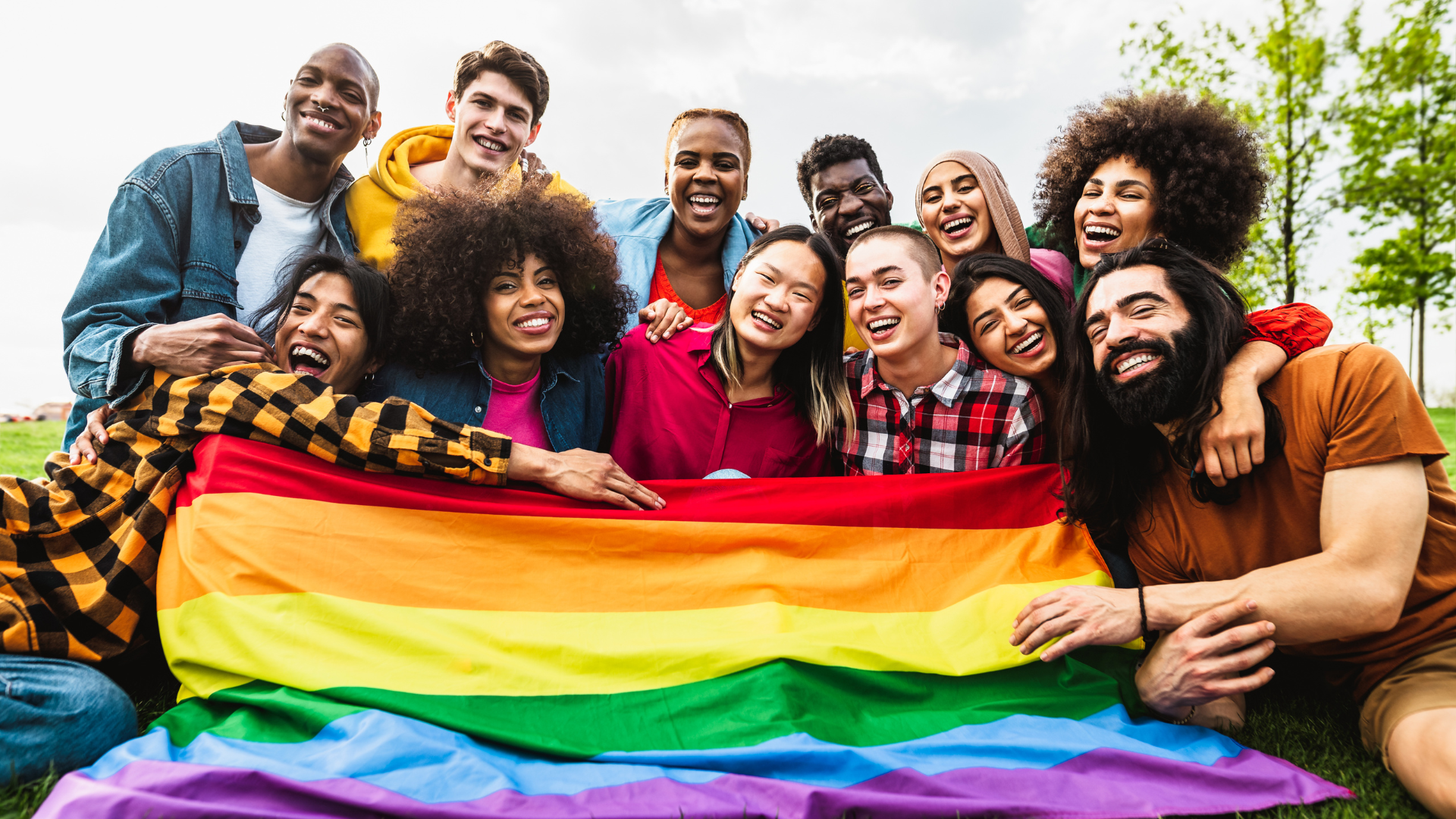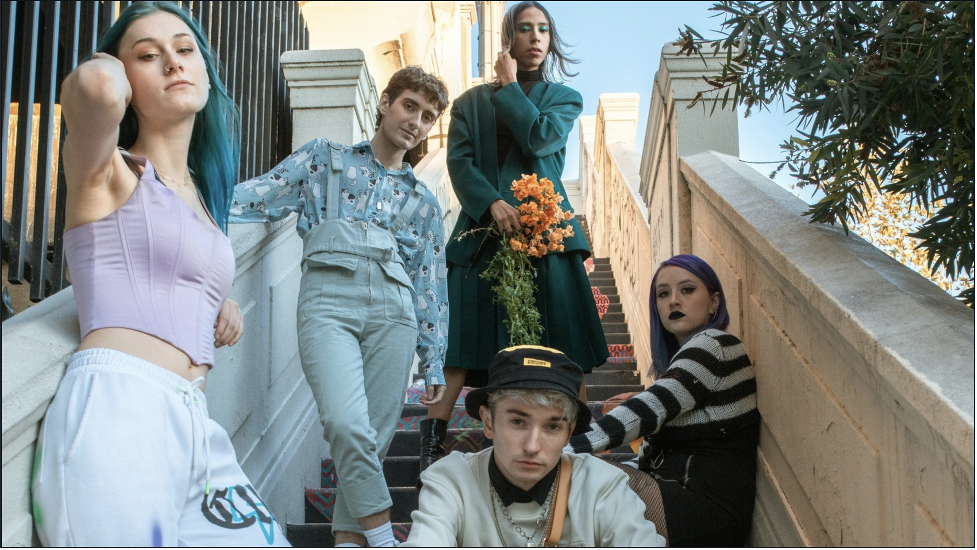In the ever-evolving landscape of digital advertising, inclusivity has become a driving force, shaping brand perception and resonating with diverse audiences. Chipper.io, the groundbreaking LGBTQ+ inclusive digital advertising startup, is committed to shedding light on companies that have successfully navigated this transformative approach. Today, we explore the broader impact of LGBTQ+ inclusive advertising without focusing on any specific brands, highlighting the profound implications on brand perception.
The Buying Power of the LGBTQ+ Audience
Acknowledging the immense economic influence of the LGBTQ+ audience, recent data reveals their staggering $3.7 trillion global purchasing power.
This demographic has become a critical market segment, making it important for brands to authentically engage with them. Incorporating LGBTQ+ representation in advertising is not merely a checkbox, It is a move that aligns with the ethos of diversity and acceptance.
By highlighting LGBTQ+ characters and storylines in advertisements, brands can tap into the vast interests of their audience and convey a commitment to inclusivity that extends beyond token representation.
Studies show that approximately 78% of LGBTQ+ consumers are more likely to support brands that authentically embrace inclusivity in their advertising efforts. This indicates a strong correlation between representation and consumer loyalty.
Successful campaigns without a specific brand as an example demonstrate that LGBTQ+ inclusive ads resonate positively not only within the LGBTQ+ community. But also among a broader audience. This approach garners praise for promoting diversity and challenging societal norms. It also elevates the brand’s image and attracts a more diverse customer base.
LGBTQ+ Representation in Media
Why is LGBTQ+ representation in media important?
Firstly, young people look to the media for role models. Unfortunately, “younger LGBT youth are more isolated, less likely to be ‘out,’ and less likely to have access to LGBT or LGBT-friendly individuals, leaving media figures as the only role models with whom to identify,” according the National Library of Medicine. So, it’s more important than ever that companies take that into consideration and handle LGBTQ+ representation with that knowledge in mind.
Secondly, the more representation LGBTQ+ people have in digital media and digital advertising, the more normalized queer identities become. So many LGBTQ+ people still feel fear of rejection or violence due to their identities. Seeing a brand positively represent queer identities can go a long way. It not only makes LGBTQ+ feel safer but they might also feel more of an affinity with that brand.
Trust Must Be Earned with the LGBTQ+ Audience
Building trust with the LGBTQ+ community is key when engaging with that community. Oftentimes, it takes major political pushes in order for brands to market to certain communities. For example, “major corporations’ earliest efforts to court queer consumers happened after the 1969 Stonewall,” according to The Washington Post.
Take Chick-fil-A for example. Notoriously, the company has shelled out millions in donations to anti-LGBTQ+ organizations. In 2012, when this information was first discovered, “Chick-fil-A’s image with consumers dropped dramatically,” according to the Human Rights Campaign.
In 2019, the company announced it would no longer support anti-LGBTQ+ organizations. However, almost four years after this decision, a quick Google search of keywords like “Chick-fil-A homophobic,” yields over 1.1 million search results.
The lesson here: once trust is lost among the LGBTQ+ community, your brand may be tarnished for years to come.
LGBTQ+ Inclusivity Case Study: Amazon
As early as 2013, Amazon released advertising that specifically highlighted LGBTQ+ identities, using the term “husband” to refer to an LGBTQ+ for the first time in a video ad promoting Kindles. This occurred before Supreme Court’s 2015 decision in Obergefell v. Hodges, otherwise known as Marriage Equality. For a large brand to take this stance during a time when gay marriage wasn’t legal nationwide made an impact on LGBTQ+ audiences.
In 2018, Amazon Music released pride collaborations and playlists. The company said: “Pride playlists and LGBTQ-identified artists on Prime Music. It’s the official time of year to celebrate Pride all around the world, and these themed playlists and artist stations from LGBTQ-identified artists on Prime Music can be your soundtrack. P.S. There’s no real end date to celebrating Pride, so please don’t stop the music!”
Advertising Makes an Impact
In 2019, the company’s holiday advertising included a lesbian couple.
In 2020, the company’s #BeforeAlexa Super Bowl spot included lesbian couple Ellen Degeneres and Portia DeRossi. Also in 2020 during the pandemic, Amazon’s “Pride Inside” campaign supported The Black AIDS Institute and the National Queer and Trans Therapists of Color Network. It featured artists like Betty Who, Lady Bunny, The Aces, and more.
Due to its advertising strategy, Amazon is the best-perceived among LGBTQ+ consumers, according to recent data from YouGov BrandIndex
It’s important to note, though, that LGBTQ+ brand affinity to Amazon is not only connected to its advertising strategy. It is also a direct result of other initiatives, such as its employee resources groups.
Established in 2005, the “Glamazon” ERG mentors fellow employees (both LGBTQ+ and allies) and promotes diversity, equity, and inclusion.
Not only that, but according to the Human Rights Campaign, Amazon has earned a perfect score on the Human Rights Campaign’s Corporate Equality Index for over five years in a row. It ranks it among the “Best Places to Work for LGBTQ Equality.” The advocacy group grades employers on protections for all employees, inclusive benefits, work culture, and corporate social responsibility.
Key Takeaways
- With trillions of dollars worth of buying power, the LGBTQ+ community should be a part of brands’ marketing and branding strategy if they wish to stay competitive in the marketplace.
- Once a brand has lost the support or attention of LGBTQ+ community, it is difficult for them to repair that brand relationship.
- It takes a well-rounded strategy to appeal to the LGBTQ+ community that includes inclusive advertising, but also a corporate social responsibility strategy that promotes inclusivity and diversity.
Want to learn more? Check out our website Chipperdigital.io for more information on our robust services that will help you and your team reach the LGBTQ+ audience. Follow us on social @chipperdigital to keep learning.












